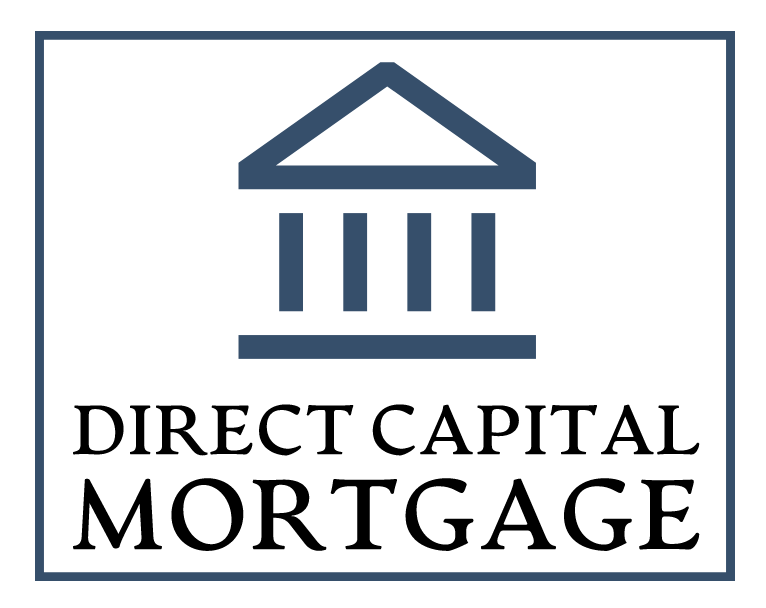A reverse mortgage is a financial tool designed for homeowners aged 62 or older, allowing them to access their home’s equity without making monthly mortgage payments. While traditionally used on homes already owned, reverse mortgages can also be applied toward purchasing a new property. This option provides flexibility and helps retirees avoid monthly financial obligations while retaining cash for other needs or investments.
How It Works
When using a reverse mortgage to purchase a home, the loan covers a portion of the purchase price, and the borrower pays the remainder in cash. Unlike traditional mortgages, no monthly payments are required, though borrowers can choose to make them if desired. For example, a 72-year-old purchasing an $800,000 home could use a reverse mortgage to finance $272,000 and pay $528,000 upfront, allowing them to retain the rest of their cash for other purposes.
The required down payment depends on factors like the youngest borrower’s age, the home’s value, and current interest rates. Generally, the older you are, the less you need to put down. For instance, a 65-year-old purchasing a $300,000 home might need to contribute $120,000–$150,000 upfront, sourced from savings, retirement funds, or the sale of an existing home. This down payment must be paid in cash.
Benefits of Reverse Mortgages for Home Purchases
Eliminates Monthly Payments: Avoiding mortgage payments can help reduce financial strain in retirement.
Preserves Cash Flow: You can retain more funds for investments, retirement accounts, or unexpected expenses.
Flexible Repayment Options: Borrowers can choose to make payments or let the interest accrue over time.
Important Considerations
Costs: Expect upfront fees such as origination fees, closing costs, and mortgage insurance, similar to traditional mortgages.
Interest Accrual: If payments aren’t made, the loan balance grows as interest is added over time.
Responsibilities: Borrowers must still pay property taxes, homeowners insurance, and maintenance costs.
The Process
Find a Reverse Mortgage Professional: Work with a certified reverse mortgage professional to understand your options and pre-qualify for a loan.
Complete HUD Counseling: This mandatory session ensures you fully understand the terms and implications.
House Hunting: Find a home that meets FHA standards and fits within your reverse mortgage budget.
Make an Offer: Once your offer is accepted, the lender will order an appraisal and finalize the loan terms.
Close the Loan: Bring your down payment to closing, sign the necessary paperwork, and the reverse mortgage will cover the rest.
Frequently Asked Questions
What Happens to the Loan Balance?
The loan is repaid when the borrower moves out, sells the home, or passes away. Any remaining equity goes to the borrower or their heirs.
Can Heirs Keep the Home?
Yes, heirs can refinance the loan or pay it off with cash to retain ownership.
Key Responsibilities
Pay property taxes and homeowners insurance.
Maintain the property and handle any repairs.
Involve family members or a financial advisor to align your decision with long-term goals.
Find a professional, approved reverse mortgage lender like Alexander, whom you can trust to help determine if a reverse mortgage is right for you. A certified reverse mortgage professional can guide you through the process, answer your questions, and help you determine if this is the right fit for your needs. Whether you’re exploring options or ready to take the next step, we’re here to help you make informed decisions that align with your goals. Contact us today to start your journey toward a more secure and flexible retirement!
Date Posted: 12/30/2024 by Alexander Pfleger

